Spinnerbaits are versatile and effective lures that every angler should have in their tackle box. Known for their ability to attract a wide range of fish species, spinnerbaits combine flash, vibration, and movement to mimic prey and trigger strikes.
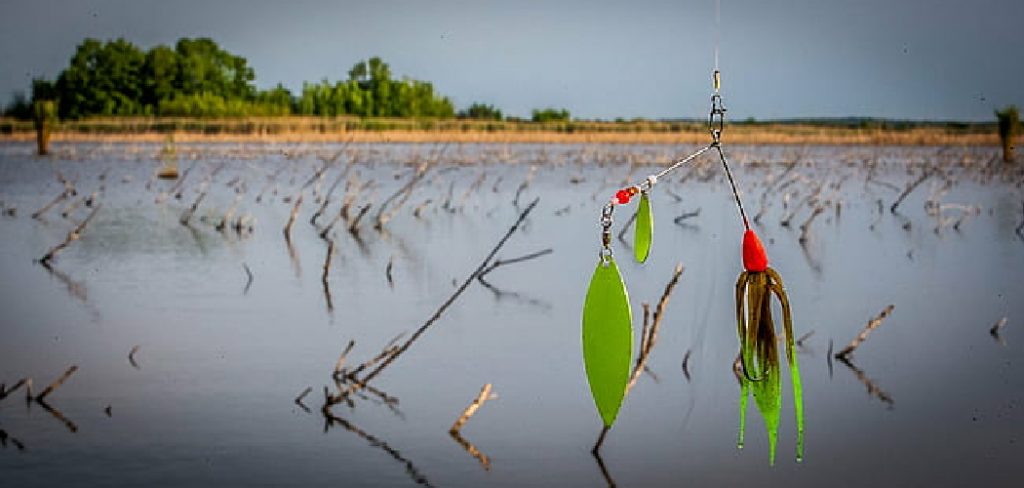
Whether you’re a beginner or an experienced fisherman, learning how to properly use spinnerbaits can significantly improve your chances of success on the water.
This guide on how to use spinnerbaits will cover the basics of selecting, rigging, and using spinnerbaits to help you make the most of this essential fishing tool.
What is a Spinnerbait?
A spinnerbait is a type of fishing lure that consists of a metal blade, often shaped like a propeller, attached to a wire arm and adorned with one or more rubber skirts. The wire arm is connected to a hook at the end, where bait can be added to attract fish.
The spinning blade creates vibration and flash as it moves through the water, mimicking the movement of small baitfish or insects. This attracts predatory fish and entices them to strike.
Types of Spinnerbaits
Spinnerbaits come in various sizes, colors, and designs, making it essential to understand the different types available before selecting one for your next fishing trip.
Single Blade:
As the name suggests, this type of spinnerbait has only one blade attached to the wire arm. It is ideal for fishing in clear waters, where the flash and vibration can easily attract fish.
Double Blade:
This type of spinnerbait has two blades attached to the wire arm, creating more flash and vibration to attract fish. It is best used in murky or stained water where visibility is limited.
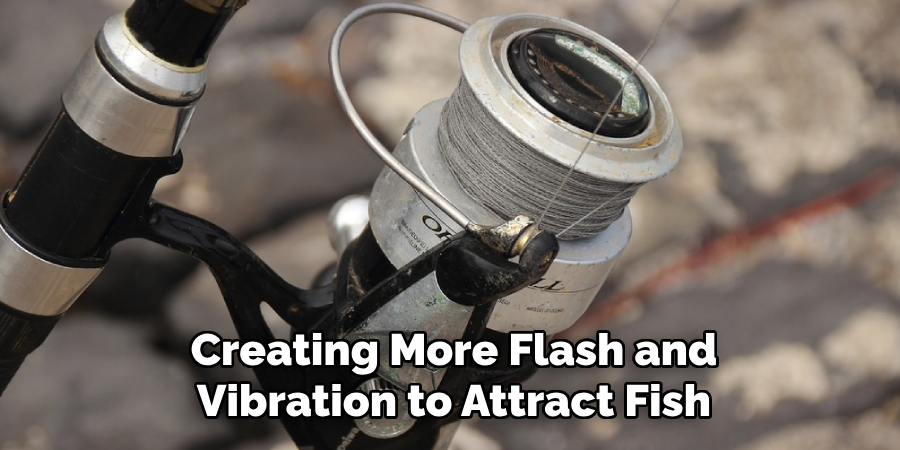
Tandem Blade:
Tandem blade spinnerbaits have two smaller blades attached to the same wire arm, providing a unique action that can draw strikes from finicky fish.
7 Step-by-step Guidelines on How to Use Spinnerbaits
Step 1: Select the Right Size and Color
Choosing the right size and color of your spinnerbait is crucial for attracting fish effectively. The size of the spinner bait should match the water conditions and the type of fish you’re targeting. Smaller spinnerbaits, around 1/4 ounce to 3/8 ounce, work well for smaller fish species or in shallow waters, while larger spinnerbaits, such as 1/2 ounce and up, are better suited for big fish or deeper waters.
When it comes to color, consider the water clarity and the type of prey in the area. Bright colors like chartreuse and white are ideal for murky or stained water as they increase visibility. For clear water, opt for natural colors like silver, gold, or shad patterns to mimic real baitfish. Matching the spinnerbait’s characteristics to the fishing environment will increase your chances of success.
Step 2: Attach a Trailer Hook
A trailer hook can significantly enhance your hook-up ratio, especially when fish are striking short. To attach a trailer hook, start by sliding the eye of the trailer hook over the main hook of the spinnerbait. Next, secure it in place using a small piece of plastic tubing or a rubber stopper to prevent it from slipping off during use.
The trailer hook will dangle freely behind the main hook, providing an extra point for catching fish that may not fully commit to biting the spinnerbait. This simple addition can make a big difference in converting missed strikes into successful catches.
Step 3: Use the Right Rod and Line
A medium to medium-heavy spinning rod with a fast action tip is ideal for spinnerbait fishing. The sensitive tip allows you to detect strikes, while the backbone of the rod provides enough strength to set the hook and handle bigger fish.
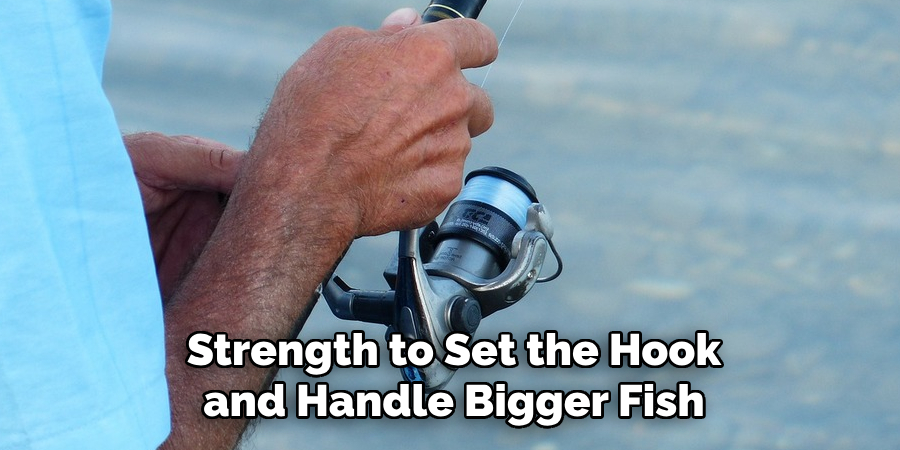
When it comes to line, use monofilament or fluorocarbon in 10-12 lb test for smaller spinnerbaits and up to 20 lb test for larger ones. These lines offer good sensitivity and strength, making them suitable for most spinnerbait fishing situations. To target bigger and stronger fish species, consider using a braided line for added strength.
Step 4: Understand the Retrieval Techniques
Mastering different retrieval techniques is essential for making the most of your spinnerbait. The style of retrieval you choose can depend on the conditions, the type of fish you are targeting, and how active the fish are.
- Slow Roll: This technique involves reeling the spinnerbait just fast enough to keep the blades spinning while allowing the lure to stay near the bottom. It’s particularly effective in colder water or when fish are holding close to the bottom.
- Steady Retrieve: A simple and consistent retrieve keeps the spinnerbait moving through the water column. This technique is great for covering a lot of water quickly and targeting active fish.
- Burning: Speeding up your retrieve creates a high-intensity action that is perfect for targeting aggressive fish or for fishing in clear water. The rapid movement mimics a fleeing baitfish, triggering predatory instincts.
- Stop-and-Go: A stop-and-go retrieve involves pausing intermittently during the retrieval, which causes the spinnerbait to flutter and descend before resuming its motion. This mimics an injured or struggling baitfish and is effective for enticing finicky fish.
- Yo-Yo: Similar to jigging, this technique involves lifting and dropping the spinnerbait through the water column. It’s ideal for fishing in vertical structures or areas with a lot of depth change.
Experimenting with these techniques allows you to adapt to various fishing scenarios and fish behaviors, increasing your chances of success. Always observe how fish react and adjust your retrieve accordingly.
Step 5: Cast and Retrieve in the Right Spots
Spinnerbaits are versatile lures that can be cast in a variety of places, making them suitable for both bank and boat fishing. When casting from shore, aim for areas with cover or structure such as fallen trees, weed beds, rocks, or docks. These locations provide shelter for fish and are likely to hold more feeding opportunities. If you’re fishing from a boat, try casting parallel to banks or trolling along drop-offs and contours.
You can also experiment with different depths and speeds to see which combination is most effective in the given location. Pay attention to where you get bites and adjust your strategy accordingly.
Step 6: Pay Attention to Water Temperature
Understanding water temperature is crucial when using spinnerbaits. As a general rule, fish tend to be more active in warmer water temperatures, making faster retrieval techniques more effective. In colder water, fish are less active and may require a slower presentation to entice a bite.
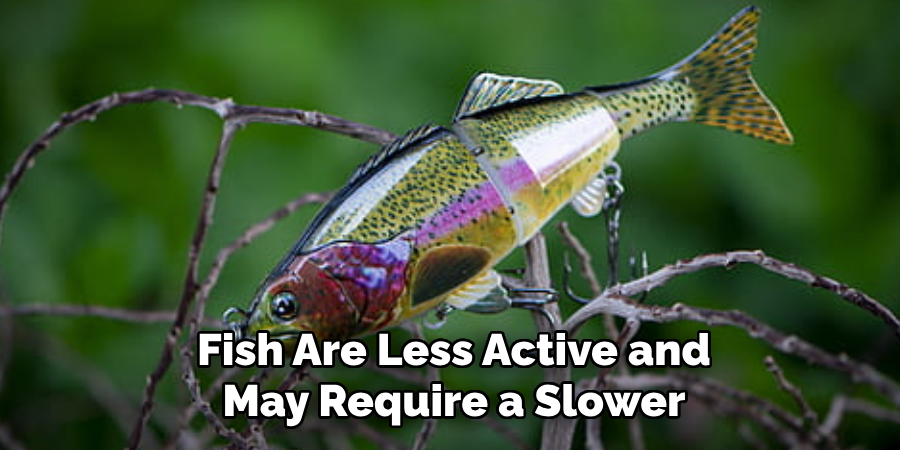
To determine water temperature, use a thermometer or pay attention to seasonal changes in your fishing location. Adjust your retrieval style accordingly to match the water temperature and increase your chances of success.
Step 7: Don’t Be Afraid to Experiment
Spinnerbait fishing is all about experimentation. Different blade combinations, colors, and retrieval techniques can produce different results on any given day. If you’re not getting bites with one spinnerbait, try switching it out for another with a different color or blade style.
It’s also important to note that sometimes fish will prefer a specific presentation over others, so don’t be afraid to try different retrieval techniques until you find the one that works best.
Following these steps on how to use spinnerbaits and continuously experimenting with your spinnerbait fishing techniques will help you become a more successful angler. Remember to always pay attention to fish behavior and water temperature and adapt your approach accordingly. With practice and patience, you’ll soon master the art of using spinnerbaits to catch various fish species in different environments.
Additional Tips
- Experiment with adding scent or attractants to your spinnerbait for an extra advantage.
- Try using trailers or skirts made from natural materials like silicone or deer hair for added realism and attraction.
- Consider using a tandem spinnerbait to target bigger fish or in situations where there is a lot of competition from smaller fish.
- When fishing in murky water, opt for darker-colored blades and skirts to create contrast and increase visibility for the fish.
- Keep extra spinnerbaits on hand during your fishing trips so you can switch them out if needed.
- Pay attention to weather conditions, as wind can affect your casting accuracy and retrieve speed. Adjust accordingly by casting with or against the wind and varying your retrieve speed.
Frequently Asked Questions
Q: Can I Use a Spinnerbait for Saltwater Fishing?
A: Yes, spinnerbaits can be effective for saltwater fishing, especially in areas with structure and cover. Be sure to use corrosion-resistant materials and consider using heavier-weight lines to target bigger fish in saltwater environments.
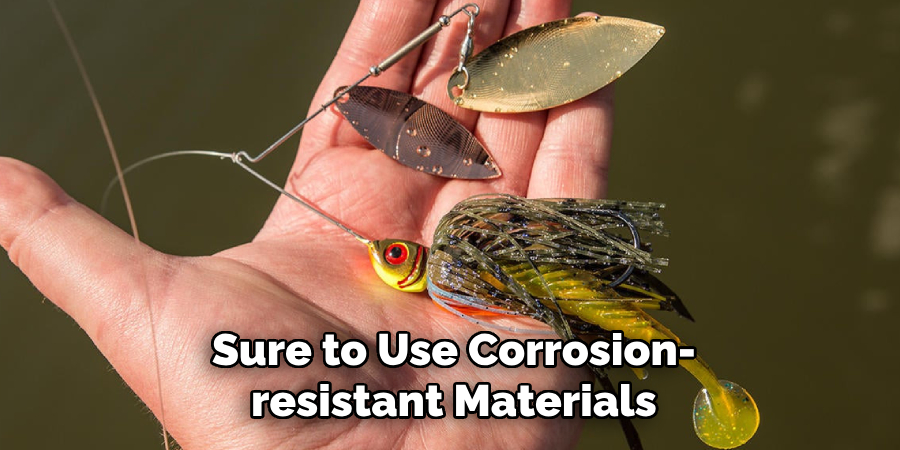
Q: What Size Spinnerbait Should I Use?
A: The size of your spinnerbait will depend on the type of fish you are targeting and the conditions. In general, smaller spinnerbaits (1/4-3/8 oz) are better for targeting smaller fish or finesse fishing, while larger spinnerbaits (1/2-1 oz) are better for bigger and more aggressive fish species.
Q: Can I Make My Own Spinnerbaits?
A: Yes, making your own spinnerbaits can be a fun and rewarding experience. There are many resources available online that provide step-by-step instructions for creating your own custom spinnerbaits. Just be sure to use high-quality materials and follow safety precautions when creating your own lures.
Conclusion
Spinnerbait fishing is a versatile and exciting angling technique that offers something for beginners and experienced anglers alike. By understanding the anatomy of a spinnerbait, experimenting with different retrieval techniques, and paying close attention to environmental factors such as water temperature and clarity, you can greatly enhance your success on the water.
Remember to stay patient, adaptable, and observant, as these traits are key to mastering any fishing method. With practice and the right approach, spinnerbaits can become one of your most reliable and effective tools for targeting a wide variety of fish species. Thanks for reading this article on how to use spinnerbaits.
About the Author
Jennifer Branett is the author of Fishy Kayak and an expert in fish-related fields, with over 10 years of experience. Her work blends passion for fishing with a commitment to conservation.
Educational Background
Degree: Bachelor’s in Marine Biology
Institution: University of California, Santa Barbara
Specializations: Aquatic ecosystems, fish behavior, and sustainable practices
Professional Experience
Conservation Projects:
Collaborated with local organizations to restore aquatic habitats
Developed educational programs on sustainable fishing practices
Publications:
Authored articles for fishing magazines and environmental journals
Featured speaker at fishing expos and conservation conferences
Key Areas of Expertise
Fishing Techniques:
Kayak fishing strategies
Freshwater and saltwater fishing methods
Environmental Stewardship:
Advocacy for sustainable fishing
Promoting biodiversity in aquatic environments
Awards and Recognition
Recipient of the [Specific Award Name] for contributions to marine conservation
Recognized as a leading voice in the fishing community by [Organization/Publication Name]
Community Engagement
Workshops and Seminars:
Regularly hosts events to educate anglers on sustainable practices
Engages with youth programs to inspire the next generation of fishers
Online Presence:
Maintains an active blog sharing tips, stories, and conservation efforts
Engages with followers on social media to promote fishing ethics
Personal Interests
Enjoys kayaking in scenic locations
Passionate about photography, capturing the beauty of nature
Advocates for local conservation efforts in her community
